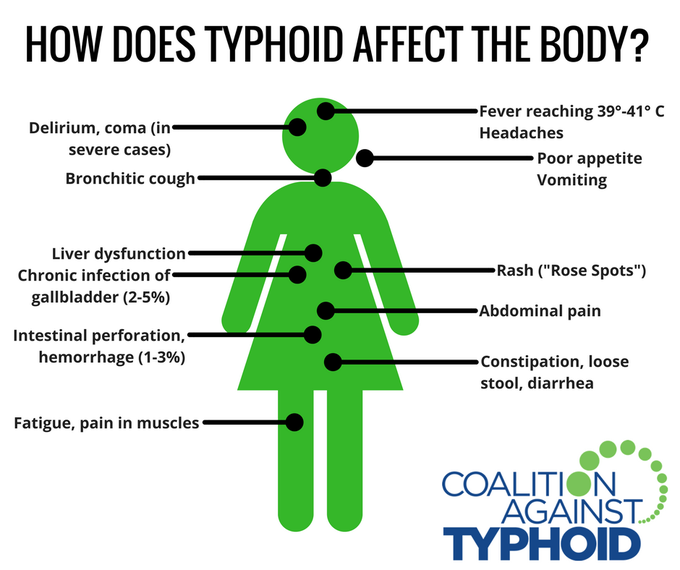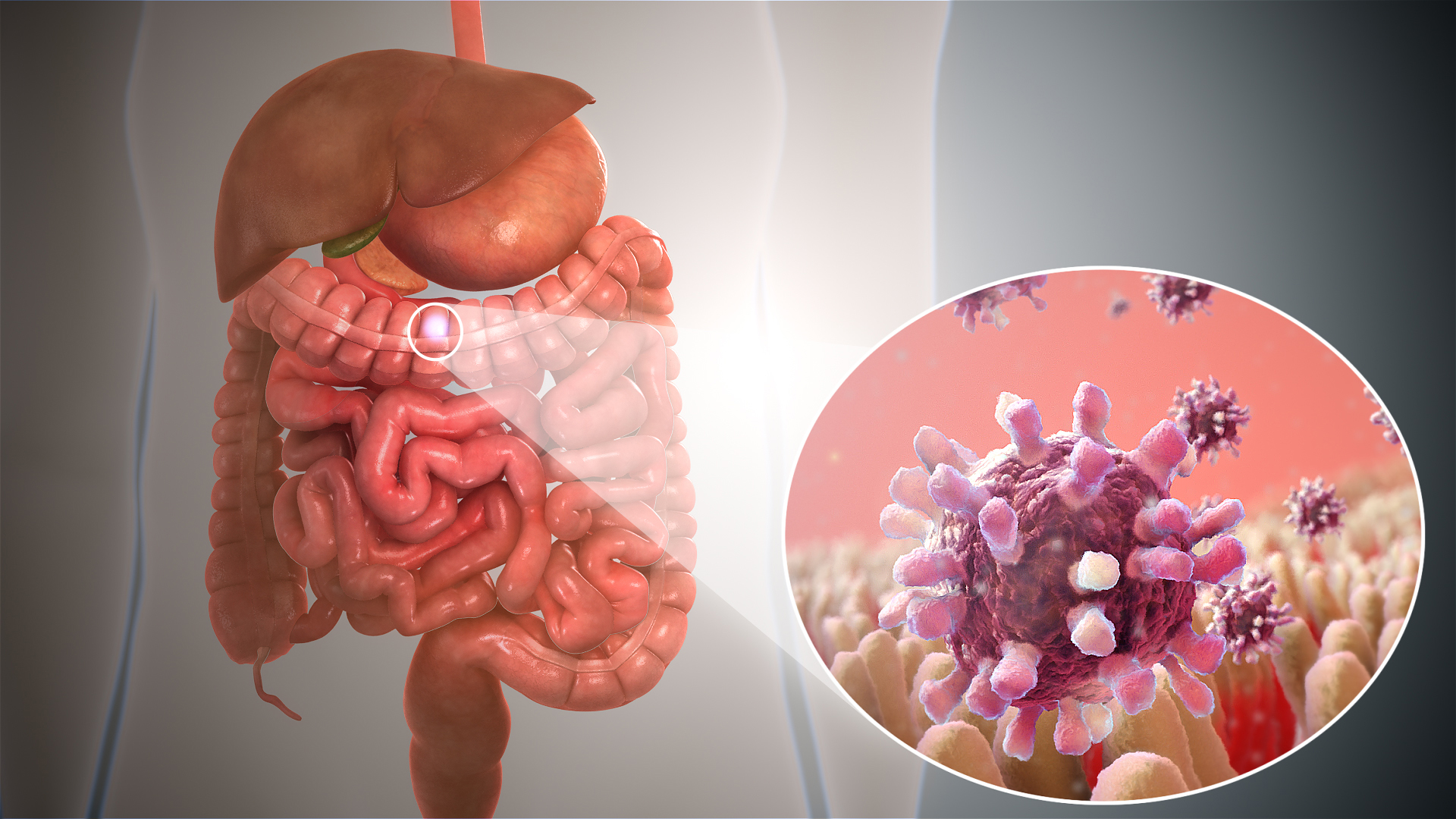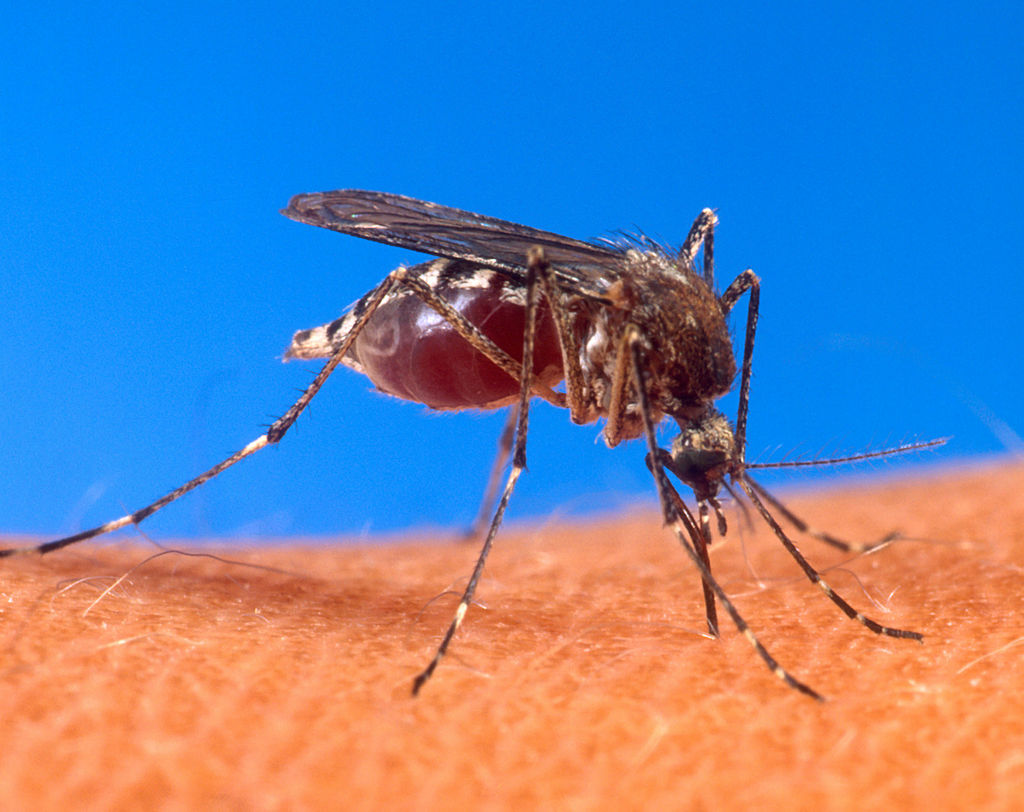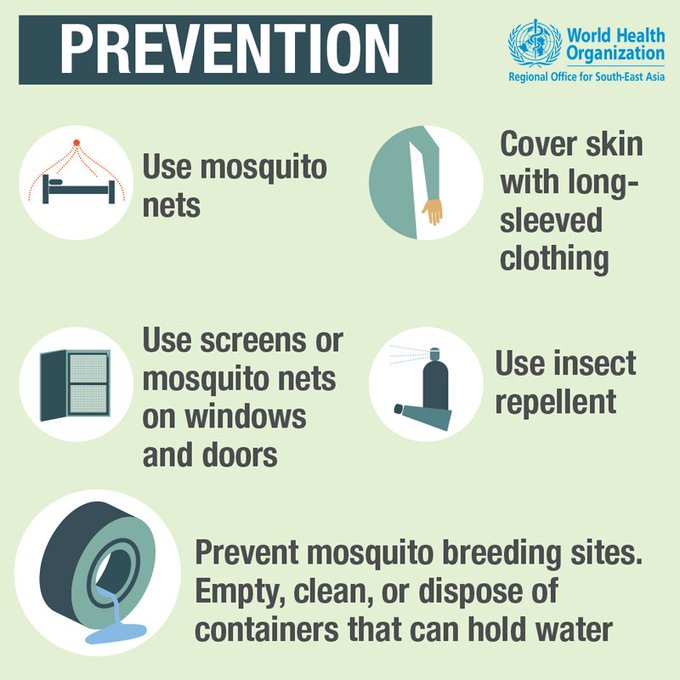
Photo by Genaro Servín from Pexels
Monsoons conjure up various images in the eyes of various people. To the little child, it is a wonderful day off from school. To a poet, it is an inspiration for a new Rhapsody and to an artist, it is a grand kaleidoscope to be painted on his own canvas. However, for clinicians and all professionals related to health care, it is a formidable challenge, to keep the populace at large healthy. This is because the monsoons bring in its spate and aftermath innumerable diseases that threaten every age group of the human race from pediatric to geriatric. It is interesting to note the diseases briefly and their profile and also methods of prevention. It is emphatic to note that people with compromised immune profiles are more likely to fall ill and lose their wellness in the monsoons.
Cholera is a life-threatening and often fatal disease caused by a deadly pathogen, Vibrio cholerae. It is caused by hygiene compromised and poor sanitation conditions. The symptoms are rapid and physically disabling and the subject suffers from excessive dehydration due to severe diarrhea and vomiting.

Typhoid is a bacterial infection caused by the bacteria Salmonella typhi. which is symptomized by a high fever, diarrhea, and vomiting. It can be fatal. It is the infection passed through contaminated food and drinking water, and it is more prevalent in places where handwashing is less frequent and personal hygiene is questionable. It is estimated that between 11 and 21 million cases and 128 000 to 161 000 typhoid-related deaths occur annually worldwide. 
Hepatitis is an abject and very intense inflammation of the liver. It is a set of viral diseases. Viruses cause most cases of hepatitis. The type of hepatitis is named for the virus that causes it; for example, hepatitis A, hepatitis B or hepatitis C. Subjects who are alcoholics and drug abusers are more prone to this disease.
Jaundice is a yellow discoloration of the skin and mucous membranes, and the corneal region of the eyes caused by increased amounts of bilirubin in the blood. Bilirubin is a by-product of the daily natural breakdown and destruction of erythrocytes(Red blood cells) in the body. Jaundice is a sign of an underlying disease process.
Gastroenteritis, also known as infectious diarrhea, is inflammation of the gastrointestinal tract or the digestive canal, predominantly, the stomach and small intestine. Symptoms may not be well defined and can include diarrhea, vomiting and abdominal pain, fever, lethargy, and malaise may also occur. This typically lasts less than two weeks Aetiologically, it is not related to influenza, though it has erroneously been called the “stomach flu”. This life quality compromising and dangerous disease is usually caused by viruses. However, bacteria, parasites, and fungus can also cause gastroenteritis. In children, rotavirus is the most common cause of severe disease. In adults, norovirus and Campylobacter are common causes. Eating improperly prepared food and stale, drinking contaminated water or close contact with a person who is infected can spread the disease.

Source: wikimedia
Chikungunya is an infection caused by the chikungunya virus (CHIKV). Symptoms include prominently high fever and terrible joint pain and they present themselves two to twelve days after exposure. Various other clinical signs may include headache, muscle pain, joint swelling, and a rash. Symptoms usually improve within a week; however, occasionally the joint pain may last for months or even years especially in geriatric subjects and those who are already inflicted with gout, arthritis and even muscular dystrophy. The risk of death is around 1 in 1,000.

The virus is responsible for a communicable disease where the vector (carrier) are two types of mosquitos: Aedesalbopictus and Aedesaegypti. They mainly bite during the day. The virus may infect directly or it may circulate through a biome of several species of animals including birds and rodents. Diagnosis includes hematological tests, involving the testing of blood for the virus’s RNA or antibodies to the virus. Since these diseases share some common symptoms can be mistaken for those of dengue fever and Zika fever. However, the immunological profile is compromised in the aftermath.
The most effective method of disease prevention and spread is through concerted efforts for mosquito control and the avoidance of bites in disease-prone areas. This may be partially achieved by decreasing mosquitoes’ access to water and with the use of insect repellent and mosquito nets. Recommendations include complete bed rest, additional fluids, and medications to help alleviate fever and joint pain.
Geographically, the disease typically occurs in the continent of Africa and Asia, however, outbreaks have been reported in Europe and the Americas since the 2000s. In 2014, more than a million suspected cases occurred. In 2014, it has been observed Florida in the continental United States but as of 2016, there were no further locally acquired cases. The disease was first identified in 1952 in Tanzania. The term is from the Kimakonde language and means “to become contorted”.
Dengue fever is a mosquito-borne tropical disease caused by the dengue virus Aedes mosquitos. Symptoms typically begin two to a fortnight after infection. Manifestation may include a high fever, headache, vomiting, muscle and joint pains, and a characteristic skin rash. Prevention of the disease includes the Dengue fever vaccine. The disease is also addressed as dengue and breakbone fever

Source: WHO
A Differential diagnosis technique for the composite study of Malaria, yellow fever, and even viral fever is used.
Malaria is a disease caused by malarial parasites. The parasite is transmitted to humans through the bites of infected mosquitoes. Subjects who are inflicted with malaria usually have a totally wellness-oriented profile, with a high fever, tremors, and chills.
Leptospirosis is a bacterial disease that affects both human subjects and animal species. It is caused by bacteria of the genus Leptospira. In humans, it can cause a wide range of symptoms, some of which may be mistaken for other diseases. Some infected persons, however, may be totally asymptomatic that means they have no symptoms at all.
Influenza, commonly known as the flu, is an infectious disease caused by a virus called the influenza virus. Symptoms can be mild to severe. The most common symptoms include high fever, runny nose, sore throat, muscle pains, headache, coughing, sneezing, and malaise. Periodic and regular vigorous hand-washing practices, use of surgical masks, general and overall cleanliness, hygienic and sanitary practices are recommended to prevent the disease.
Sometimes common ailments in the monsoons present them with confusing initial symptoms of the disease is named non-specifically as “Viral fever”.
All in all, the adage “Prevention is better than cure” is much more effective in the tackling of the diseases which are prevalent in the monsoons. The methodology of avoiding these diseases through a holistic and balanced diet, an immune booster lifestyle that includes adequate rest, regular exercise and protracted stress management. A personal role and commitment to environmental hygiene and populace education are recommended.
The author acknowledges the use of authentic medical literature to structure this article.
Sign up for the QuackTrack.org newsletter below!














